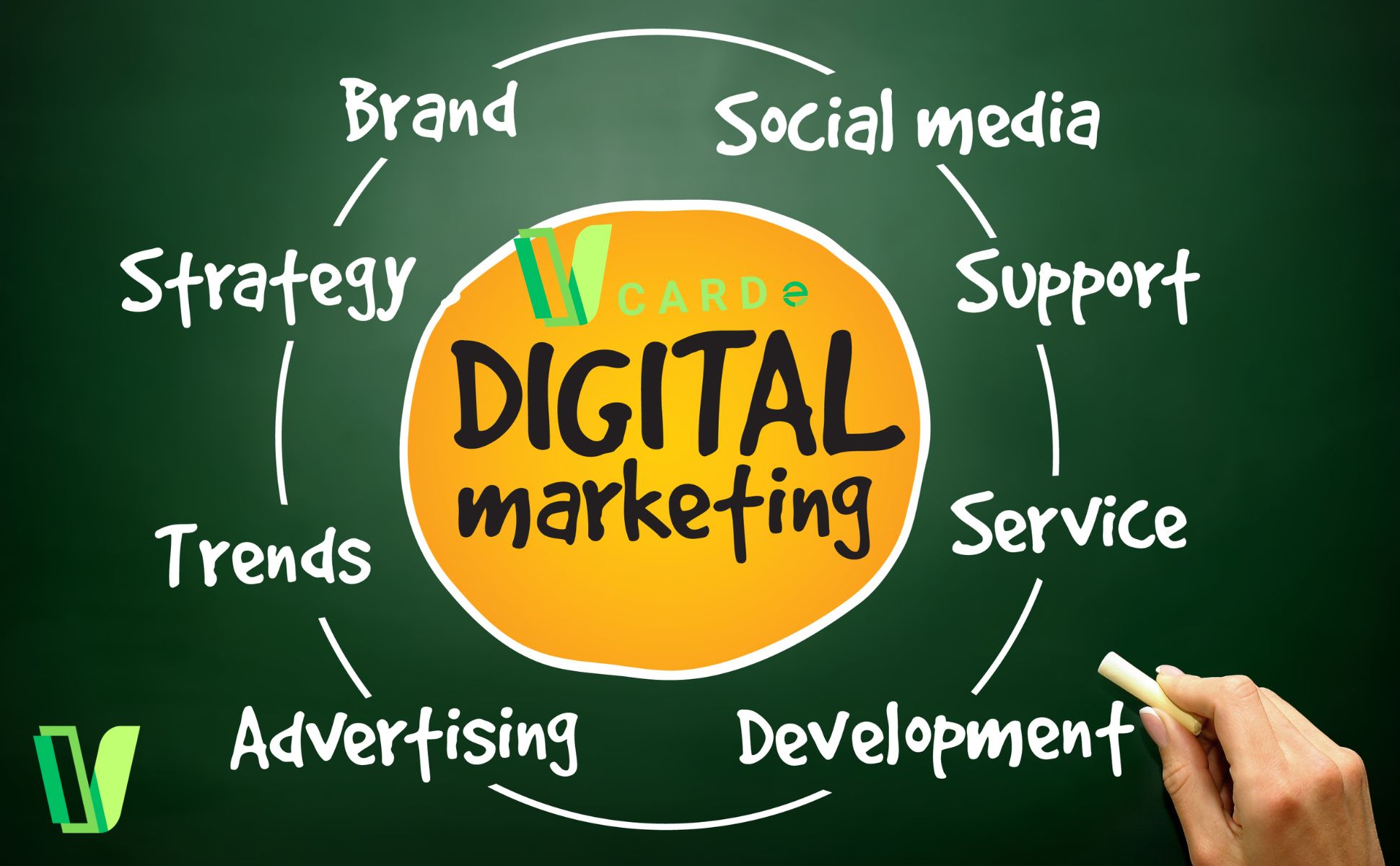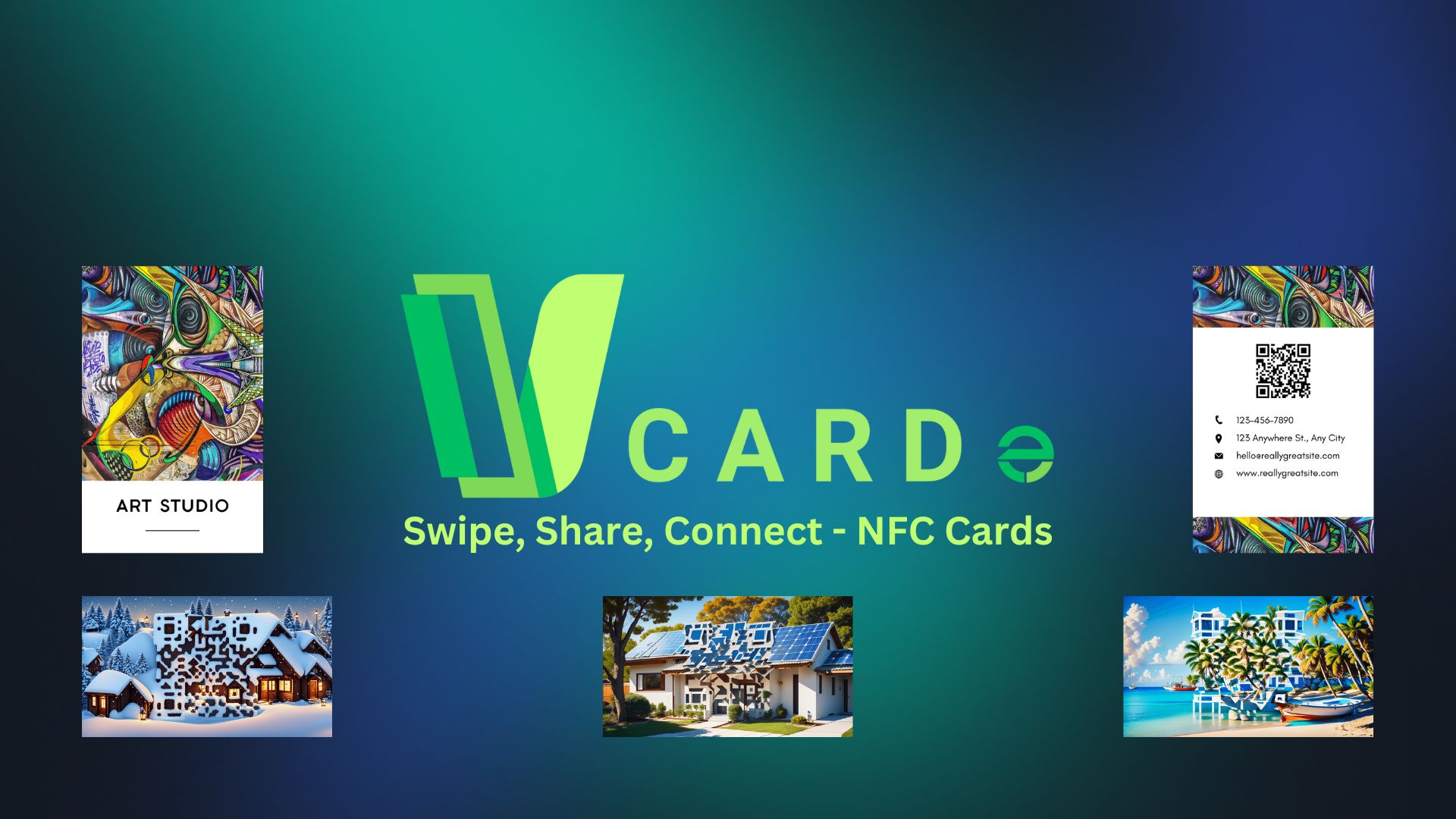Understanding the Basics of Digital Marketing
Digital marketing is an umbrella term for all of your online marketing efforts. Businesses leverage digital channels such as Google search, social media, email, and their websites to connect with current and prospective customers.
While traditional marketing might exist in print ads, phone communication, or physical marketing, digital marketing can occur electronically and online. This means that there are endless possibilities for brands, including email, video, social media, or website-based marketing opportunities.
What is Digital Marketing?
Digital marketing encompasses all marketing efforts that use an electronic device or the internet. Businesses leverage digital channels such as search engines, social media, email, and other websites to connect with current and prospective customers.
At a high level, digital marketing refers to advertising delivered through digital channels such as search engines, websites, social media, email, and mobile apps. Using these online media channels, digital marketing is the method by which companies endorse goods, services, and brands.
The Importance of Digital Marketing
Digital marketing is crucial because it connects a business with its customers when they are online, and is effective in all industries. It connects businesses with ideal customers when they are on Google through SEO and PPC, on social media with social media marketing, and through email with email marketing.
Every business needs digital marketing. Understanding the benefits of digital marketing for businesses includes:
- Cost-effective marketing strategies
- Measurable results through analytics
- Enhanced customer engagement
- Targeted marketing campaigns
Types of Digital Marketing
There are many types of digital marketing, here are some of the most common:
Search Engine Optimization (SEO)
SEO is the process of optimizing your website to “rank” higher in search engine results pages, thereby increasing the amount of organic (or free) traffic your website receives. The channels that benefit from SEO include websites, blogs, and infographics.
There are a number of ways to approach SEO to generate qualified traffic to your website. These include:
- On-page SEO
- Off-page SEO
- Technical SEO
Content Marketing
Content marketing denotes the creation and promotion of content assets for the purpose of generating brand awareness, traffic growth, lead generation, and customers. The channels that can play a part in your content marketing strategy include:
- Blog posts
- Infographics
- Online brochures and lookbooks
Social Media Marketing
This practice promotes your brand and your content on social media channels to increase brand awareness, drive traffic, and generate leads for your business. The channels you can use in social media marketing include:
- Snapchat
If you’re new to social platforms, you can use tools like HubSpot to connect channels like LinkedIn and Facebook in one place. This way, you can easily schedule content for multiple channels at once, and monitor analytics from the platform as well.
Pay Per Click (PPC)
PPC is a method of driving traffic to your website by paying a publisher every time your ad is clicked. One of the most common types of PPC is Google Ads, which allows you to pay for top slots on Google’s search engine results pages at a price “per click” of the links you place. Other channels where you can use PPC include:
- Paid ads on Facebook
- Promoted Tweets on Twitter
- Sponsored Messages on LinkedIn
Affiliate Marketing
This is a type of performance-based advertising where you receive a commission for promoting someone else’s products or services on your website. Affiliate marketing channels include:
- Hosting video ads through the YouTube Partner Program
- Posting affiliate links from your social media accounts
Native Advertising
Native advertising refers to advertisements that are primarily content-led and featured on a platform alongside other, non-paid content. BuzzFeed sponsored posts are a good example, but many people also consider social media advertising to be “native” — for example, Facebook and Instagram advertising.
Marketing Automation
Marketing automation refers to the software that serves to automate your basic marketing operations. Many marketing departments can automate repetitive tasks they would otherwise do manually, such as:
- Email newsletters
- Social media post scheduling
- Contact list updating
- Lead-nurturing workflows
- Campaign tracking and reporting
Email Marketing
Companies use email marketing as a way of communicating with their audiences. Email is often used to promote content, discounts, and events, as well as to direct people toward the business’s website. The types of emails you might send in an email marketing campaign include:
- Blog subscription newsletters
- Follow-up emails to website visitors who downloaded something
- Customer welcome emails
- Holiday promotions to loyalty program members
- Tips or similar series emails for customer nurturing
Conclusion
Digital marketing is a broad field, encompassing many different strategies and tactics. By understanding the various types of digital marketing and how they can work together, you can develop a comprehensive strategy that helps you reach your business goals.
Whether you’re looking to increase brand awareness, drive traffic to your website, generate leads, or convert those leads into customers, digital marketing can help. By leveraging the power of digital channels and the right combination of tactics, you can connect with your audience and achieve your business objectives.
Useful Resources
- VCARDe Shop
- Standard Horizontal NFC Card
- Standard Vertical NFC Card
- NFC Google Review Cards
- Own Design NFC Card
- Pre-Made NFC Cards
External Links






